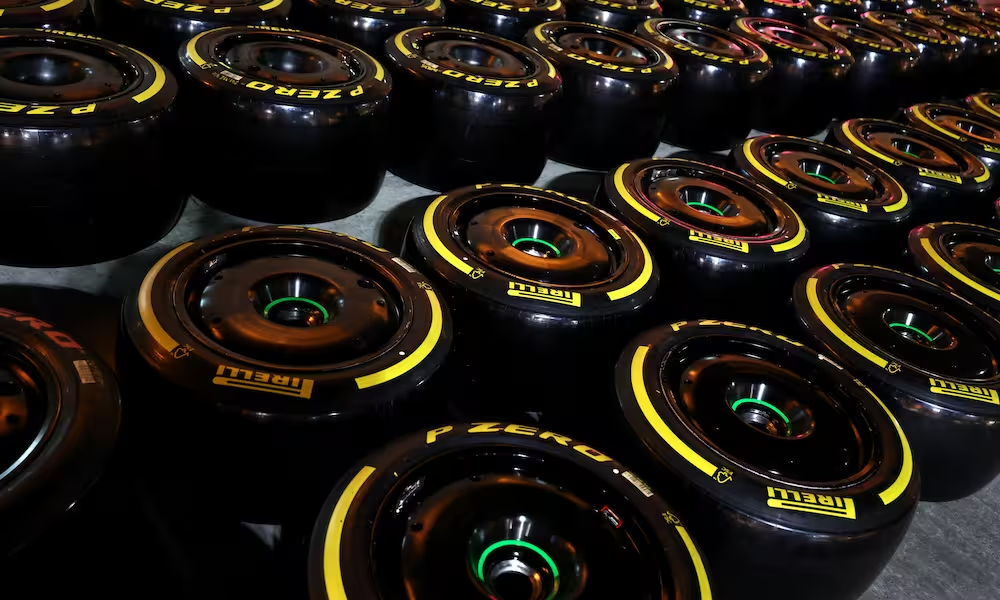Monza has undergone major resurfacing work this year ahead of the Formula 1 Italian Grand Prix. This has not only made the fastest track in the championship even faster and gripper, but has created interesting tyre management challenges for the teams and drivers.
The resurfacing, part of a recently-completed €21 million (US$23,400) facility upgrade project, paved the full 5.739km lap in fresh asphalt. Many drivers have been vocal about the removal of kerbs that helped to give Monza an ‘old-school’ feel, but the resurfacing will also play an important role in the weekend. Before the Italian GP, F1 tyre supplier Pirelli predicted (based on a July track inspection) that track temperatures could reach 50degC in sunny conditions. This is because the new, black surface reflects more light from the sun as heat than its predecessor. The track surface is also much grippier. Both of these factors increase degradation, defined as the deterioration of a tyre’s performance over time due to the impact of heat on the rubber.
Pirelli’s temperature estimation turned out to be true, as the track surface in Practice 1 – just after lunch on a glorious Friday – hovered between 49.6 and 51.9degC. In second practice, held between 5 and 6pm, the range was 41.6 to 48degC.
Central to the degradation challenge is that the new track surface generates graining. Graining occurs when the inner part of the tyre (the carcass) is colder than the outer surface of the tyre. This imbalance creates movement in the rubber that prompts small pieces to detach and stick to the surface, forming irregularities that reduce grip and contribute to rapid tyre degradation.
‘The adhesive grip is quite high, so the tarmac is grippy, said Pirelli’s chief F1 engineer Simone Berra. ‘But, on the other hand, the tarmac is very smooth. The mechanical grip of the tyre is not that high. That is why we are generating this level of graining. The adhesive grip is okay, but the hysteresis grip is not high.’
According to Berra, graining will inevitably occur after a couple of laps. Teams can try to delay it until slightly later in the stint, but they will all face it at some point at Monza. The low-downforce nature of the track doesn’t help because any aerodynamic load changes to ease pressure on the tyres will sacrifice too much crucial speed. At other tracks, graining occurred either on the front or rear axle, enabling teams to manage their tyres accordingly. However, at…
Click Here to Read the Full Original Article at Racecar Engineering…

